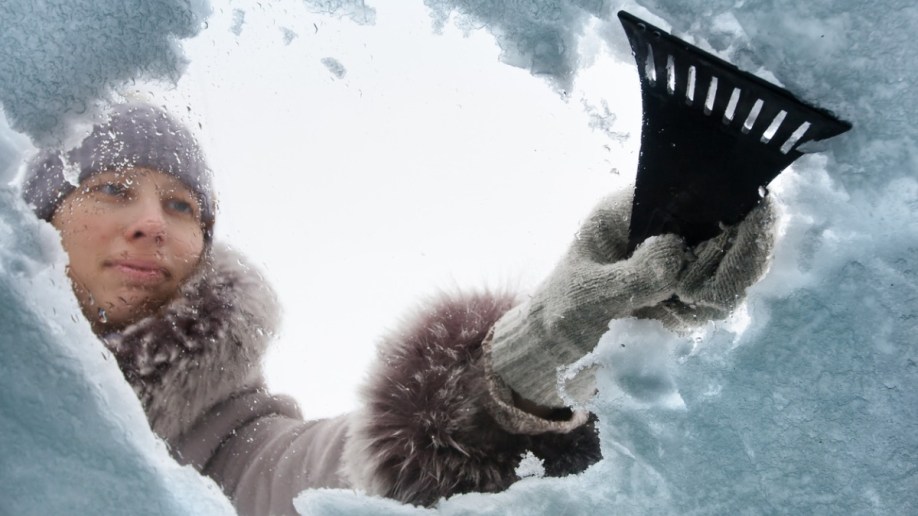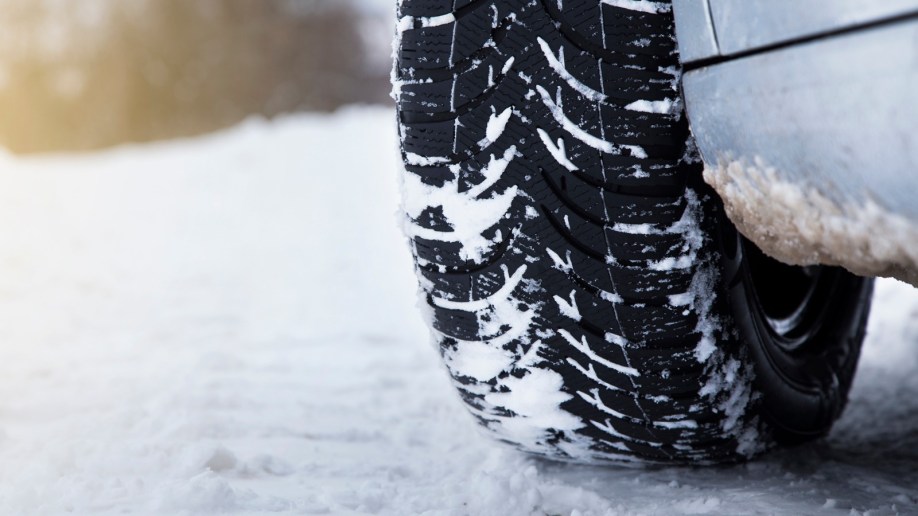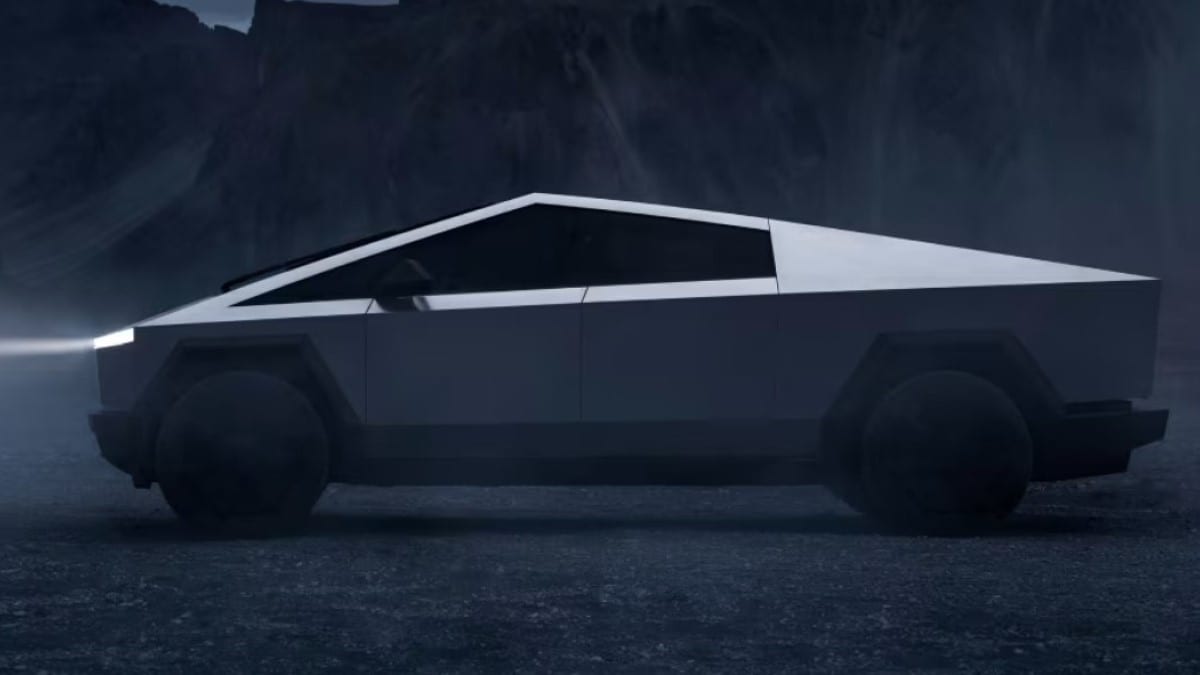Quick Facts About Driving in Snow, Ice, and Other Winter Weather
- According to AAA, snow-covered roads and roads coated with ice, slush, or water cause nearly 500,000 vehicle crashes and more than 2,000 road deaths yearly.
- Slow down and give yourself plenty of distance between vehicles in front and to the side of your vehicle. Bridges and overpasses freeze first.
- Don’t use cruise control, including adaptive cruise control, when driving in snow, ice, or slush. You could hit an unexpected patch of black ice or unplowed snow.
Use these tips for safe driving in snow and other winter weather.
Winter driving is dangerous and can be terrifying, even for well-seasoned motorists. The American Automobile Association’s (AAA) Foundation for Traffic Safety says snow-covered roads and roads coated with ice, slush, or water account for nearly 500,000 vehicle crashes and more than 2,000 road deaths yearly.
“When we hit the winter months, especially as we enter the holiday season, we are in a rush. There is holiday shopping; there are places to go. You start to see an increase in people becoming more erratic in their driving behavior because they are in a rush for the holidays. You throw snow and ice on top of it, and it becomes a potential disaster,” said Dave Phillips, senior public affairs specialist at State Farm Insurance.
RELATED: Best Cars and SUVs for Snow: Features You Need
How to Prepare Your Car for Winter Driving
When getting ready for winter driving, it’s best to prep your vehicle ahead of time so you can drive safely. This means completing your vehicle maintenance before you head out. Check out our maintenance and repair pricing tool and Service and Repair Guide to help determine the cost. Among the car preparations to take:
- Pack a winter survival kit
- Install winter tires
- Replace windshield wiper blades
- Fill up windshield wiper fluid and keep an extra gallon in the vehicle
- Check tire pressure and tire tread to avoid blowouts
- Keep the gas tank at least half-full at all times to avoid freezing fuel lines
- Keep your vehicle washed to avoid salt corrosion
Snow Driving Tips for Safe Winter Driving
- Stay Home
- Remove Snow and Ice
- Decrease Speed
- Minimize Distractions
- Use AWD or 4WD
- Keep a Full Tank of Gas
- Use Sand if Tires Get Stuck
- School Your Teen Drivers on Winter Driving
- Respect Snowplows
- Watch for Deer
- Look Out for Black Ice
- Don’t Use Cruise Control
- Clean Headlights and Taillights As Needed
- Should I Put My Windshield Wipers Up When it Snows?
- Keep Your Tire Repair Kit Current
- Don’t Block the Radiator with Cardboard
- Use Emergency Supplies If Needed
- Assess Your Traction
- Steer in the Direction of a Skid
- Avoid Idling Your Vehicle
1. Stay Home
If the weather is bad, stay home. Only go out if necessary. Driving in wintery weather takes extra effort. It’s best to stay safe and not drive.
2. Remove Snow and Ice
Many states require drivers to remove the buildup of snow and ice that may become dislodged during driving. In Pennsylvania, a sheet of ice from a box truck went through a passenger’s windshield in 2005. A recent law passed in that state requires snow removal on a vehicle within 24 hours of a storm. In Vermont, when you fail to clear snow and ice from the roof of your vehicle, it’s considered “negligent driving,” and drivers can get fined up to $500 for failing to do so on a first offense.
Check your state’s regulations and stay safe while driving by cleaning off your vehicle.
“My friend hit a fenderberg and had to get a new front bumper on their Subaru WRX,” he recounts. “If you don’t ruin someone else’s car, you’re causing some premature tire wear if the ice builds up enough.”
Before you clear off the windows, start the car, set the airflow to defrost, the fan speed to maximum, and the temperature to high. The goal is for the driver to have an unobstructed view in all directions.
Carry a brush to remove snow on the vehicle’s roof, hood, trunk lid, and all windows before driving. If necessary, use a scraper to remove ice on the car windows and mirrors.
PRO TIP: Don’t use hot water to clear snow or ice on the windshield because it can cause it to crack.

Make sure the inside window glass is clean in all directions. If the rear glass is dirty, it can take longer to defrost ice and snow. Check to see if the rear-window defroster is working. Be careful when cleaning the glass to avoid damaging the defroster wires.
3. Decrease Speed
Winter driving is all about slowing down and giving yourself plenty of distance between vehicles in front and to the side of your vehicle. Bridges and overpasses freeze first. Lower your speed to account for poor traction. Don’t press on the accelerator pedal with full throttle when driving in sleet, ice, and snow.
About the Traction Control System (TCS)
According to Kelley Blue Book’s Micah Muzio, if your traction control light starts flashing, this is what you need to know:
“The traction control system is already reducing power to keep your tires from spinning, but letting off the accelerator slightly will reduce the chance of making the tires spin once traction control stops intervening,” Muzio said. “And, whatever you do, don’t slam on the brake pedal. That can turn some minor tire slippage into a spin.”
Also, don’t panic, says Kelley Blue Book’s Lyn Woodward.
“The traction control systems work. Ease off the throttle and keep your eyes open and pointed in the direction you want to go. Unless you’re in real trouble, the car will correct and get you back on track quickly.”
About the Electronic Stability Control System
If your anti-lock braking system kicks into action, keep pressing the brake pedal.
“Those noises let you know the car is applying and releasing braking force at each wheel to maximize deceleration for the whole vehicle,” Muzio said. “The average driver will not be able to slow a vehicle more quickly than the ABS can.”
RELATED: Electronic Stability Control: Everything You Need to Know
PRO TIP: Avoid driving through deep snow because it can damage your vehicle’s undercarriage and exhaust system.
4. Minimize Distractions
Distractions always come into play as part of everyday driving — the temptation to talk on your phone, turn on a podcast, or anything else.
“You really need to focus your attention more on what is going on out that windshield when the weather is bad,” Phillips said. The risk of an accident greatly increases when snow and ice cover the street. “You have to be more cautious and vigilant. You also have to be aware of everybody else out there on the road in front of you and peripherally, people who may not be practicing the same (safe) driving principles you are using.”
5. Use AWD and 4WD
Driving in snow, sleet, and ice can be helped with all-wheel drive (AWD) or 4-wheel drive (4WD). But, it’s no panacea for safe driving habits. Learn the difference between AWD and 4WD.
“I once helped push a Chevy Tahoe that was stuck in a snowy parking lot at Mount Hood,” Muzio said. “The dude driving had put the transmission in ‘low’ and confused that with 4WD. I helped him activate 4WD, and he easily pulled away.”
Also, it’s important to keep your tires well-maintained and properly inflated before the storm hits, when you’ll need those systems, said Lyn Woodward.
“Confidence is one thing. Blind dependence is another. Most AWD or even 4WD systems can do a great job transferring grip to where it’s needed, but you’re not James Bond’s stunt driver, and you’re likely not on a closed course,” she said. “Get to know your vehicle when it’s not in dire driving conditions. Make sure you always have good tires on your car. That is the ONLY touchpoint between you and the road, so buy the best tires you can afford.”
Muzio said to make sure you get the proper tires for the driving conditions.
“Drivers should only feel as confident as the tires those systems are connected to,” Muzio said. “AWD and 4WD do zero to improve braking ability on snow and ice. If you need to get up a hill, AWD and 4WD are helpful. I’ll add that some more advanced AWD systems can apportion power to certain tires to help guide a car around a corner. That’s helpful. But if that car rides on summer tires, AWD can’t magically make those tires grip.”
Also, note that AWD and 4WD systems vary, Muzio said. “Most crossovers have open differentials front and rear. When one tire starts slipping, an open differential can’t easily send power to the other tire. Meaning the vehicle won’t necessarily be able to climb steep, slippery roads. Conversely, a torque vectoring AWD system or 4WD with locking differentials will be much more able to get power to the ground in slippery conditions.”
6. Keep a Full Tank of Gas or Stay Fully Charged
Fill up your gas tank ahead of the storm and keep it full. You don’t want to run out of gasoline if you end up stuck for hours in bumper-to-bumper traffic during a snow, sleet, or ice storm. When the tank gets half empty, fill it up. Stay fully charged or at least at 80% as much as possible in an electric car. Know which systems in your electric vehicle eat up battery charge, including blasting the heat. Instead, keep seat warmers (if equipped) on low and use your systems sparingly to preserve battery power.
7. Use Sand If Tires Get Stuck
You probably will get stuck in the snow this winter. Place sand or cat litter under the drive wheels if you get stuck. Straighten the wheels and accelerate slowly. Do not spin the tires because you likely will dig deeper into the snow, making it more difficult to move on.
8. Educate Your Teen Drivers on Driving in Snow
There may be a few exceptions, but many of us learned the basics of driving on dry pavement. To prepare teens for winter driving, take them to a snow-covered parking lot to demonstrate and practice braking, steering, accelerating, and decelerating. Do this before the driver hits the slippery streets on their own, Phillips said.
9. Respect Snowplows
Snowplow drivers focus on clearing roadways. At the same time, the snowplow driver may be on the radio getting instructions from a superintendent. As a result, peripheral vision could be obstructed by the flying snow and the truck’s big snowplow. The driver may not see your vehicle. “You need to be very cognizant of what they are doing,” Phillips said.
In addition, watch out when driving next to a snowplow on a major roadway. The snow that flies off the sides of the plow can hit your windshield, making it difficult and near impossible to see the road. To be safe, keep a distance from any snowplow on the road.
10. Watch for Deer
Keep an eye out for deer during changing weather conditions. November is the top month for vehicle collisions with deer, followed by October and December. “The erratic behavior of deer, unfortunately, is happening during the snow season,” Phillips said.
11. Look Out for Black Ice
The pavement looks wet, but it is actually ice-covered. Black ice is the term used to describe this condition. During the day, the ice and snow may thaw. But as the temperature drops in the late afternoon or evening, water may turn to ice on the roadway. “Pay attention to changing temperature conditions,” Phillips said.
Many vehicles post the outside temperature on the instrument panel display or elsewhere in the vehicle — as it gets close to or below freezing, beware.
12. Don’t Use Cruise Control
Resist the urge to use cruise control, including adaptive cruise control, when driving in snow, ice, or slush. The road may be wet, but black ice or unplowed snow might still be ahead.
These conditions could result in losing control of the vehicle when driving on cruise control because the system may not react as quickly as you can if you feel a loss in traction.
13. Clean Headlights and Taillights as Needed
Don’t forget to keep your car’s headlights free of snow, said Kelley Blue Book’s Spedden. Headlights can get quickly covered with snow, ice, and slush.
“I’ve had to stop and remove ice sheets off my headlights because you see them slowly getting dimmer and dimmer.” He also suggests that if you drive in a car like a Rivian with flat headlights, those require special care.
Use a microfiber towel, tissue, paper towel, or newspaper to clean each light. As a driver, you want to see as far as possible ahead, and you want drivers to see you, too. A headlight’s or taillight’s visibility can be reduced by over 50% if the lights are covered with winter grime. Keep extra microfiber towels in the car for this purpose.
RELATED ARTICLE: Headlights Burned Out: What’s the Cost to Replace?
14. Should I Put My Windshield Wipers Up When It Snows?
No. If your car is parked and it’s snowing, it’s never a good idea to leave your windshield wipers up because doing so could cause damage to the springs. It’s best to use other methods to keep your wipers — and vehicle — free of snow. For example, you could use a car cover.
15. Keep Your Tire Repair Kit Current
Some automakers started replacing the spare tire with a tire repair kit. The kit consists of a small compressor, hose, and a bottle of thick, sticky sealant that is forced through the valve into the tire. AAA recommends checking the kit’s expiration date and replacing it when necessary. Some kits should be replaced every four years.
RELATED: Does Car Insurance Cover Damage to Tires?
16. Don’t Block the Radiator with Cardboard
Some drivers in the Snowbelt regions place a large piece of cardboard in front of the vehicle’s radiator. The purpose is to increase the temperature of the coolant flowing through the engine and radiator. This, in turn, increases the temperature of the air flowing through the heat exchanger, giving passengers a toasty environment.
That is not a great idea because cardboard prevents airflow from coming across the radiator, which could cause the engine to overheat. If the driver forgets to remove the cardboard when the outside temperature rises above freezing, you could face serious and expensive engine damage, leaving you stranded on the highway.
17. Use Emergency Supplies If Needed
Because you planned for the unexpected, don’t be afraid to use your survival supplies if needed. Stay safe and drive carefully.
18. Assess Your Traction
According to KBB’s Micah Muzio, when driving in slippery conditions, cautiously brake with increasing intensity until you hear the anti-lock braking system (ABS) start to intervene. It’s important to do this test in a straight line with plenty of room in front and back of you. This test brake gives the driver a good sense of available traction. Don’t be concerned about engaging the ABS. That’s what it’s made to do, and it’s not dangerous. But once again, don’t try this in a corner. That can initiate a spin.
19. Steer in the Direction of a Skid
When your car’s traction gets compromised on snow, patches of ice, sleet, slush, or rain, tires can start to slip. So, it’s important to steer in the direction of the skid. Take your foot off the accelerator and lightly tap your brakes to self-correct out of a skid.
20. Avoid Idling Your Vehicle
Don’t keep your vehicle idling long when warming it up. Idling can damage engine components and spark plugs, leading to costly repairs, not to mention wasting gas you may need later.





